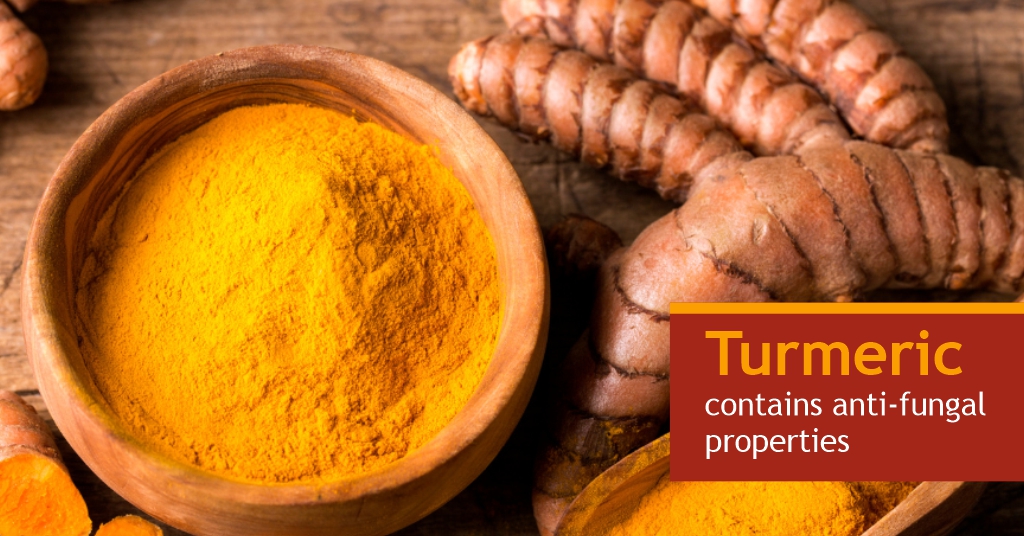Yes! You heard it right. There are several home remedies that work amazingly for fungal infections like Ringworm.
For those who are wondering what ringworm is, here is a simple and subtle definition: it is a skin condition caused by a type of fungus called tinea. It lives on the dead tissues of the skin, including our nails and hair.
Why is it called “ringworm” then? Here is why: Ringworm causes a red, scaly, itchy patch on the skin that, over time, takes the shape of a circle or a ring (or several rings). As a result, it came to be known as “ringworm.”
It is commonly found on the arms and the scalp, but one can get it on any part of the body including the face as well. As it shows its presence on different parts of the body, it keeps getting known by different names. For example, when we see it around the groin area, we call it a jock itch. When it affects the area between the toes, we call it athlete’s foot.
Let’s take a look at some home remedies for mitigating the inflammation of Ringworm.
- Using an Anti-bacterial Soap can help a lot!
An easy-peasy solution. Just wash the affected area with some water and antibacterial soap daily, especially before applying other home remedies on top of it. Thereafter, let it dry thoroughly. This will ensure that the skin is moisture-free and therefore, fungus-free. If you don’t have sensitive skin, then pine and coal-tar soaps could also be fine options.
- Tea tree oil
This home remedy has conventionally been used by Native Australians. Tea tree oil has antifungal and antibacterial properties, which makes it an effective choice for treating fungal skin infections.
How do we use it? simply by applying the oil directly to the affected area. Two or three times per day. With a cotton ball or swab.
Tip: For customers with sensitive skin, it may be helpful to dilute the tea tree oil in a carrier oil like coconut oil for better results.
- Turmeric

This is a lifesaver. Turmeric has antibacterial, anti-inflammatory, and antifungal properties, making it a successful addition to our home remedy squad. For internal benefits, drink turmeric water or turmeric tea daily.
For the external application, combine fresh-ground turmeric, or the turmeric spice, with a small amount of water and mix until it becomes a paste. Then gently apply it to the skin and leave it on until it dries.
- Aloe vera gently works to soothe inflammation!
This green member of the cactus family has a history of being used as a natural remedy for both bacterial and fungal infections. It aids in the treatment of ringworm by soothing symptoms of itchiness, inflammation, and discomfort. If you prefer, you can find good aloe vera ointments in the market or apply aloe vera gel directly to the affected area. Do this at least three times daily, and you will be amazed by its healing properties.
- Lemongrass oil or tea
If we talk about the lemongrass oil extract or, to a slightly lesser extent, the lemongrass tea, both are amazing when it comes to subsiding the ringworm. Why so? because of their antifungal properties. Using it is also simple. To use lemongrass oil, mix a few drops of the oil with carrier oil (like coconut oil). Apply it two times a day directly to the skin.
Tip: If you want to save time, you can also apply a brewed tea bag directly to the affected area.
- Powdered licorice (Mulethi)

What is licorice? Licorice, also known as Mulethi, is a flowering plant in the bean family Fabaceae. Wanna know a fun fact? Liquorice flavor is also found in a wide variety of candies and sweets.
This flowering plant has strong antimicrobial properties. Some research was conducted, which concluded that the extracts of licorice could be used as an alternative treatment for fungal infections.
How do we use it? Take eight teaspoons of powdered licorice and mix it with a cup of water. Bring it to a boil. While it boils, reduce the heat and simmer for ten minutes, stirring it until it turns into a paste. Let it cool down, and then apply the paste to the area of the ringworm twice a day. From there on, leave it on for at least ten minutes.
In case you are one of those people who are always occupied and will not be able to make time to try these home remedies, then an ayurvedic malham, Ithcku, might come in handy. It is quite supportive for itching, dry eczema, urticaria, athlete’s foot, and ringworm. This Malham is prepared with a combination of herbal ingredients like Shudh Gandhak, Saftika Bhasam, Tankan Bhasma, and Raal, which work in unison to treat ringworm.
No matter what you choose for yourself, make sure you pay adequate attention to this skin condition, as it is highly contagious and can commonly spread from skin-to-skin contact and, at times, even if you touch something that someone with ringworm touched. Don’t forget, “an ounce of prevention saves a pound of cure.

